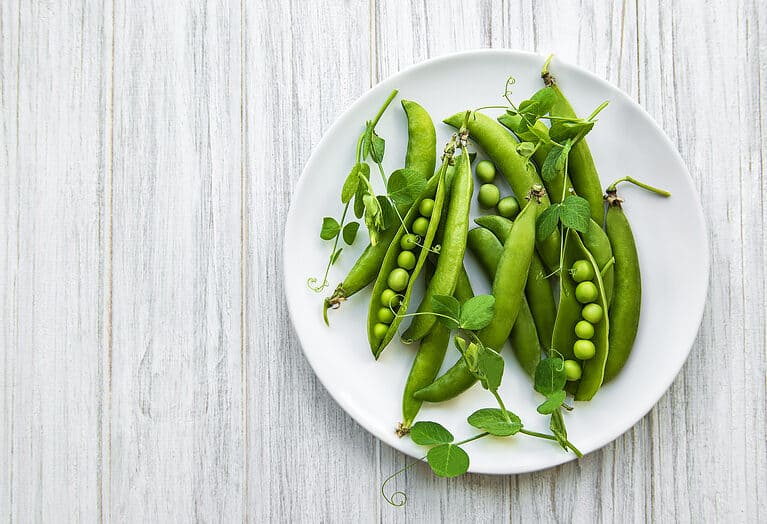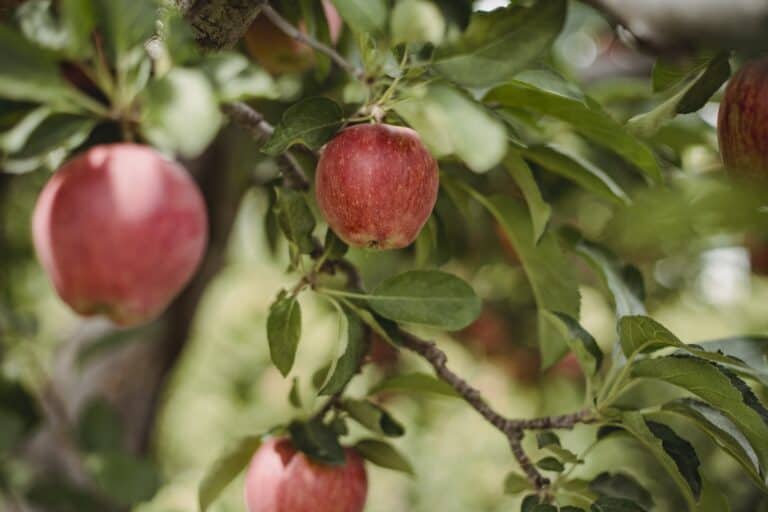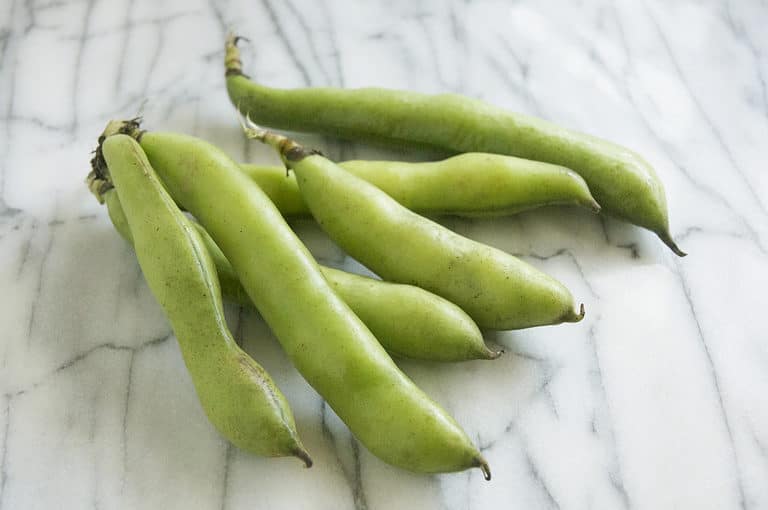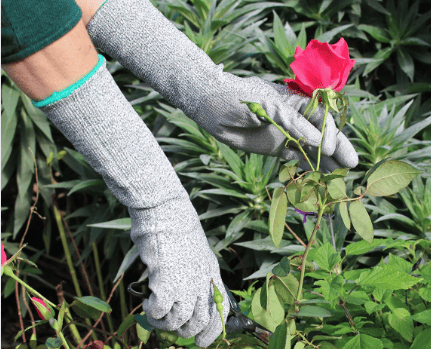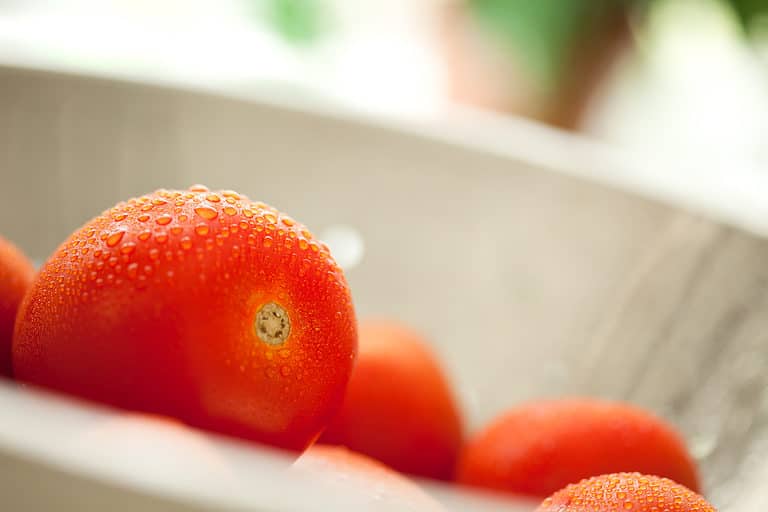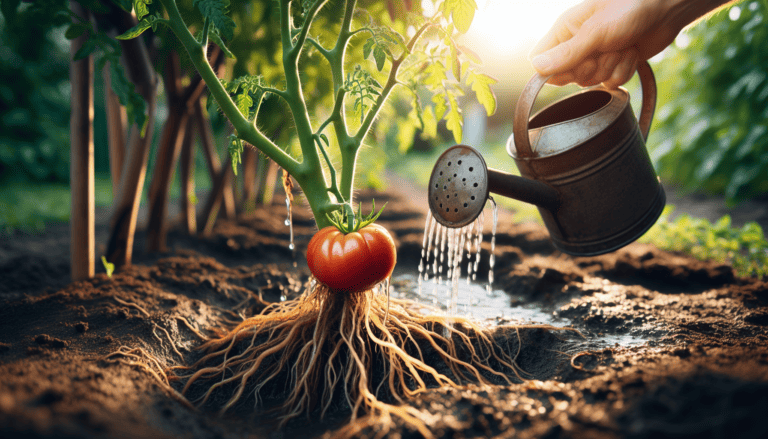Maximize Your Harvest: The Benefits of Soaking Seeds Before Planting
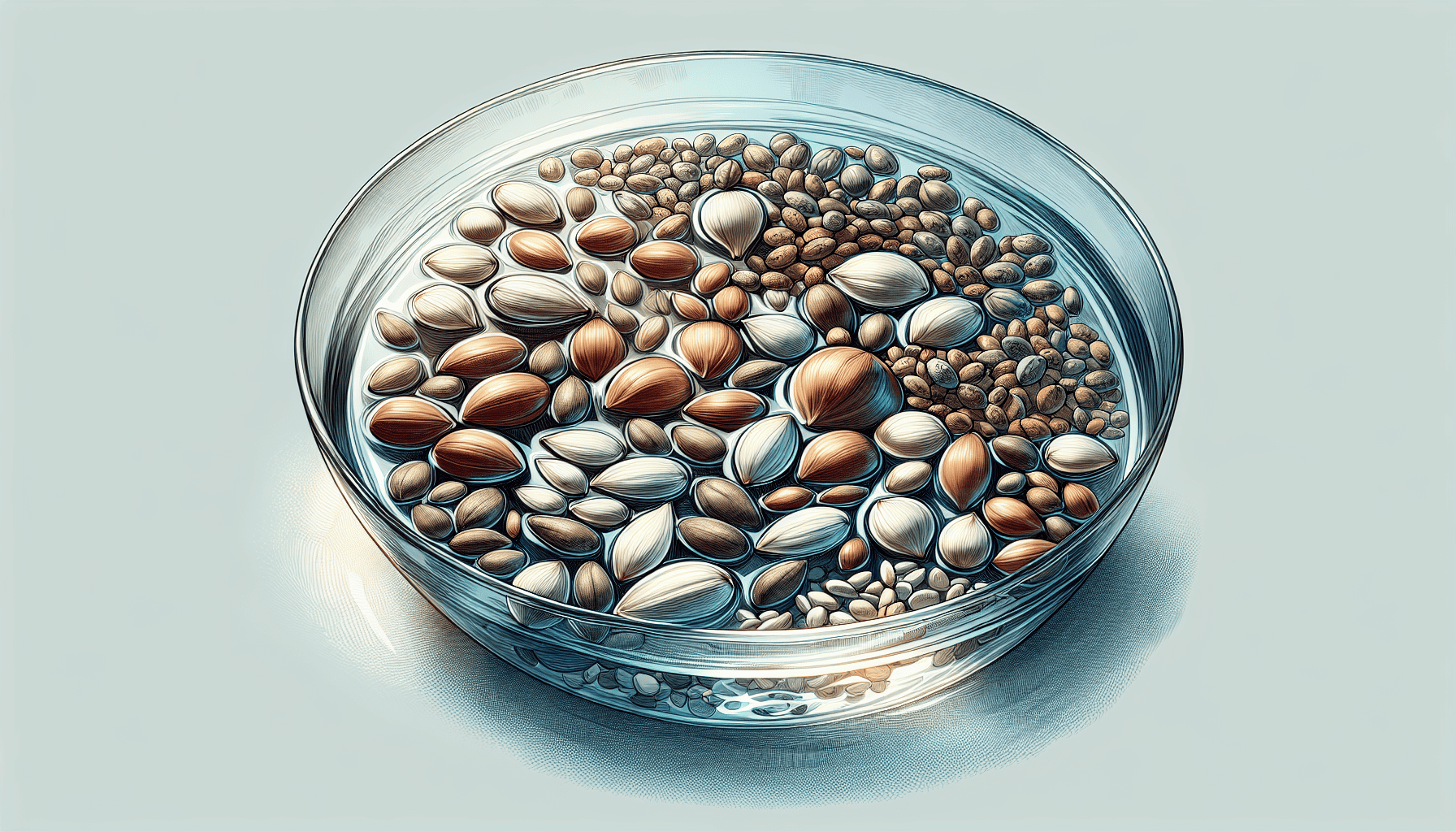
Why soak seeds before planting? Simple: promote stronger, more efficient germination. In the following sections, you’ll learn about soaking seeds before planting, which seeds welcome the pre-soaking boost, and the method to do it right, setting your garden up for success from the get-go. No fluff, just the essentials you need to begin.
Key Takeaways
Soaking seeds before planting simulates rainy conditions, softening their outer layer to speed up germination, especially beneficial for seeds with thick coatings like peas, beans, and corn.
Not all seeds should be soaked; small and delicate seeds (like basil and lettuce) could be damaged by soaking, while larger, hardier seeds can withstand and benefit from the process.
Proper soaking technique involves using warm water, timing the soak (generally 8 to 12 hours), and planting immediately afterwards to prevent damage and ensure viability.
The Fundamentals of Seed Soaking

Soaking seeds is a preparatory step before planting that alerts the seeds to begin their germination process, essentially signaling them to wake up and commence their transformation into plants. Think of it as nature’s alarm clock announcing the onset of a significant growth phase.
To better understand this technique, we should explore the scientific principles involved, pinpoint which types of seeds gain advantages from being properly soaked, and recognize instances where soaking could potentially be detrimental rather than beneficial.
The Science Behind Seed Soaking
By soaking seeds, you mimic the natural wet environment they would typically experience in rainy conditions, which prompts them to germinate and results in faster sprouting. As part of the germination process, the seeds take in water, softening or breaking their hard outer layer and often washing away substances that inhibit germination.
The practice of soaking is particularly beneficial for seeds with dense coverings created as a result of environmental pressures. These seeds are notoriously slow to start growing. Soaking acts as a catalyst encouraging such resistant varieties to release their protective barriers and commence their growth progression.
Identifying Seeds that Benefit from Soaking
Pre-soaking certain seeds can be particularly beneficial, especially for those with robust or textured outer layers such as peas. This soaking of the seeds before planting enables their hardened shells to soften, thus facilitating a smoother initiation of the germination process.
A non-exhaustive list of seeds that respond well to pre-soaking includes:
Peas
Corn
Sunflowers
Pumpkins
Squash
Beets
Cucumbers
Sweetcorn
-Eggplant
Thus, prior to sowing these varieties, it’s advantageous to immerse them in water. Doing so ensures that by the time they are planted, they have been adequately prepared for optimal germination.
When Soaking Does More Harm Than Good
Although soaking can be beneficial before planting, not every seed should undergo this process. Small seeds that possess fragile seed coats may sustain damage from excessive exposure to moisture during soaking. This is particularly true for seeds like basil, chia, tomatoes, lettuce (listed twice), black-eyed susans, foxglove, lisianthus, and zinnias.
Bachelor’s buttons.
Carrots.
lettuce.
Radishes, celery turnips, spinach. Some smaller seeds are too delicate for the soak due to their sensitive coatings. Other types with sturdier outer layers can tolerate it well.
The application of a pre-planting soak requires careful consideration regarding the time each particular type of seed spends in water.
Seeds ought to experience significantly less immersion time than those possessing more substantial and durable coats. Adjustments must be made bearing in mind that while soaking helps enhance germination rates, its efficacy varies depending on the nature of each individual(seed).
Optimizing Germination: How to Soak Your Seeds Properly
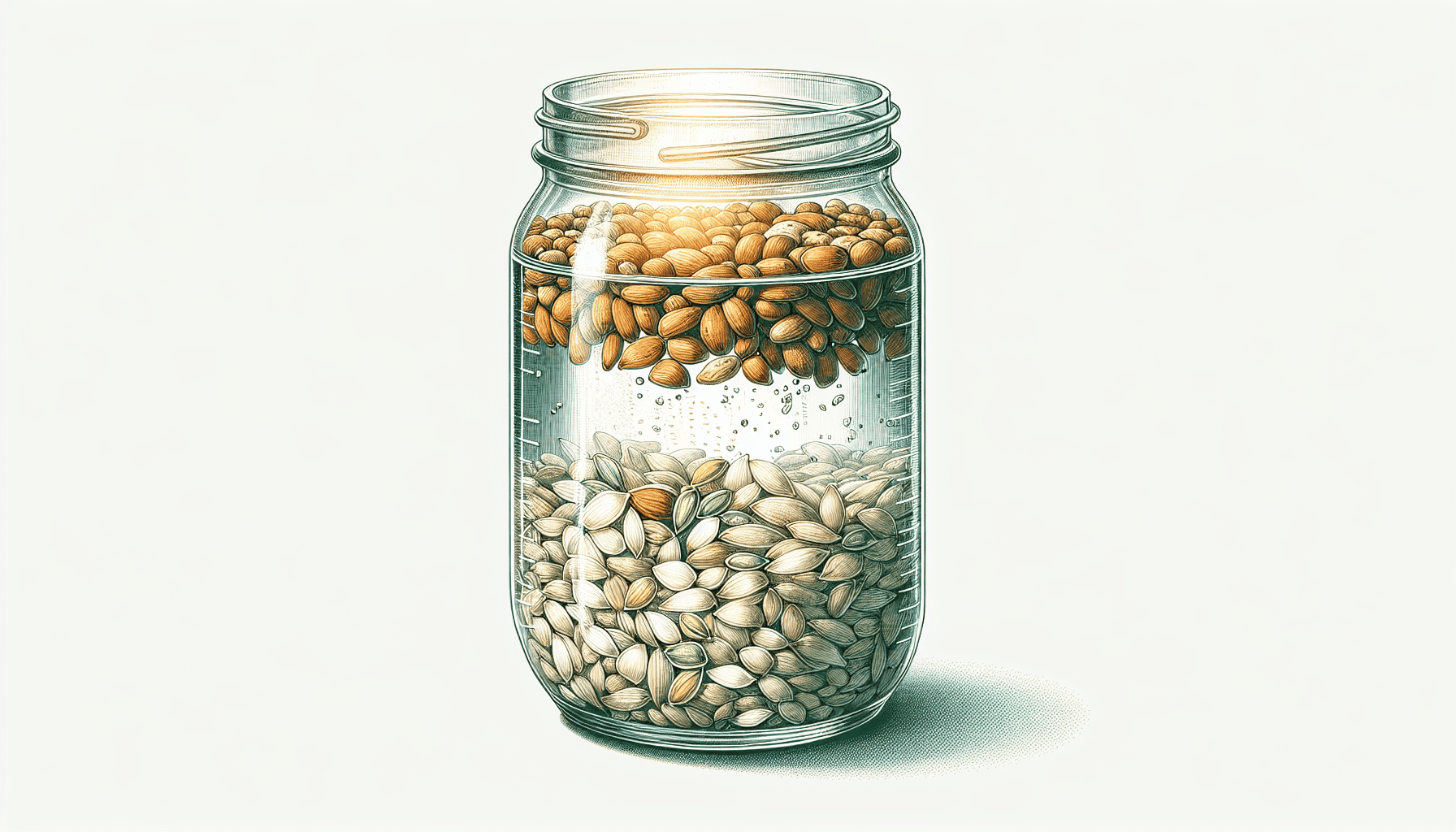
After discussing the essence and reasons for seed soaking, it’s time to explore the method. Correctly soaking seeds requires immersing them in warm water, ensuring they soak for a suitable amount of time before promptly transitioning to planting.
To delve deeper into this process:
Preparing for the Soak
Prior to initiating the soaking of your seeds, it is critical to set up a clean soaking area. Ensure that you use either a sanitized jar or a pristine bowl for the duration of your seeds’ immersion period. Maintaining cleanliness is crucial in averting any bacterial or fungal contamination which might inhibit germination.
Regarding the soak itself, immerse your seeds in water that’s warm rather than hot. The tepid temperature simulates conditions conducive to triggering germination and offers an optimal setting for your seeds as they embark on their path toward developing into mature plants.
Timing Is Everything
It is imperative to soak seeds for the right amount of time to achieve the best germination results. Typically, a soaking period between 8 and 12 hours suffices as it provides enough moisture absorption without risking damage from excessive soaking.
On the other hand, specific varieties such as sweet peas may benefit from a different timeframe, varying anywhere between 6 to 24 hours. It’s important to recognize that each type of seed has its own set of ideal conditions for soaking. Thus attention should be paid to these particular needs when deciding on the perfect duration for soaking.
Post-Soak Care
After you’ve finished soaking your seeds, the next step is to promptly plant them in order to preserve their viability and initiate the germination process.
Keeping the soil where you’ve sown moist at all times is vital for ensuring proper seed germination. Methods such as no-till, mulch application, ridge-tilling, and strip-tilling can aid in maintaining adequate moisture levels necessary for seeds that are directly planted into the ground. Optimal soil temperature along with a balanced moisture environment are critical factors for achieving uniform and successful seed germination.
To Soak or Not to Soak: Seed Selection Guidelines
Selecting the appropriate seeds for soaking is a skillful task. The decision hinges not only on the seed’s variety or dimension, but also considers each seed’s unique attributes and requirements.
We will delve into identifying which seeds are perfectly suited for immersion in water and those that should refrain from undergoing this process.
Seeds Ideal for Soaking
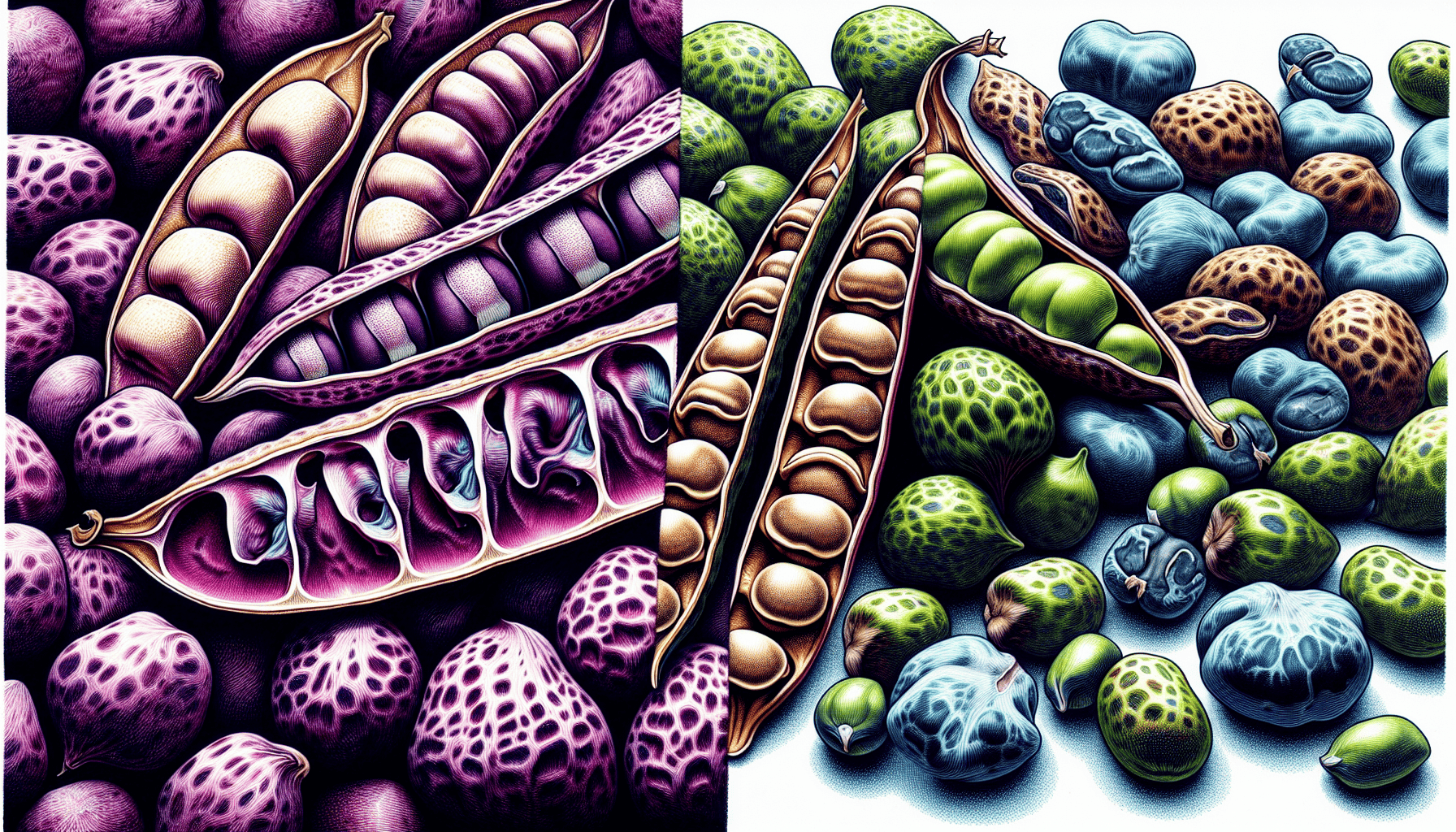
Pre-soaking is often required for seeds that possess hard or wrinkled seed coats, such as peas. This process softens their tough exteriors and speeds up the germination process by allowing them to absorb moisture more effectively.
A list of seeds commonly pre-soaked includes:
Peas
Broad beans
Cucumbers
Pumpkins
Sweetcorn
-Silverbeet
-Chard
-Corn
-Pepper seeds
Such viable larger seeds with thicker coats derive a significant advantage from soaking before planting. Once soaked, these robust seeds are ready for direct sowing into your garden, optimizing their potential growth.
Seeds That Should Skip the Soak
Soaking certain seeds can be highly advantageous, but it’s not always the best approach for all types of seeds. Specifically, soaking should be avoided with smaller seeds. Seeds as petite as those from lettuce tend to clump together and become difficult to manage once they are saturated.
These tiny seeds do not reap considerable benefits from being soaked and actually become more troublesome to distribute uniformly in their wet state. For small-sized seeds such as these, avoiding the soak and sowing them dry is recommended.
Advanced Techniques for Enhanced Germination
Soaking serves as an effective method to accelerate germination, but it isn’t the sole strategy available. Let us explore additional sophisticated techniques that can significantly improve the seed germination process.
Alternative Moisture Methods
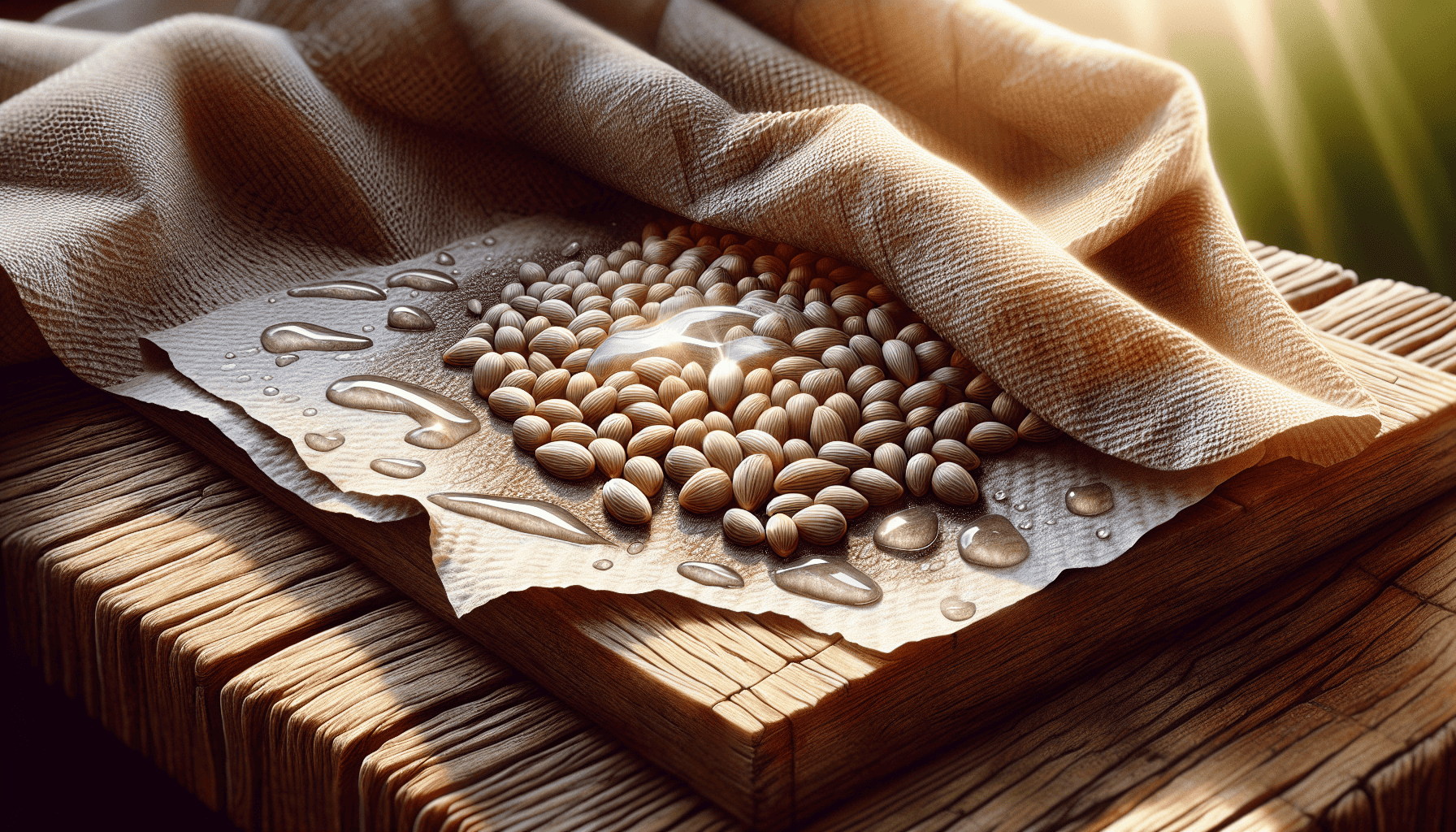
Alternative methods can be employed to ensure that smaller seeds, which are not well-suited for soaking, receive the necessary moisture. A moistened paper towel serves as an effective means of preserving adequate moisture levels without immersing the seeds directly.
This approach also enables one to perform a germination experiment. By positioning seeds on a moist paper towel and enclosing them in a bag kept at warm temperatures, you can watch for emerging sprouts. Such technique is especially advantageous for handling seeds such as lettuce because they become difficult to manage when damp due to their tendency to stick together.
Heat and Light Considerations
Seed soaking creates a consistently moist environment, which is necessary for germination. Various seeds require specific heat and light conditions to sprout effectively.
For seeds to germinate at their best, the soil temperature must be optimal and not necessarily the same as the surrounding air temperature. Utilizing heat mats or appropriate lighting can help replicate natural environmental conditions that facilitate seed growth following soaking.
Direct Sowing vs. Starting Indoors
Deciding whether to opt for direct sowing or initiating seed growth indoors is crucial for successful planting outcomes. We shall consider the variables that can guide you in making this choice.
Advantages of Direct Sowing
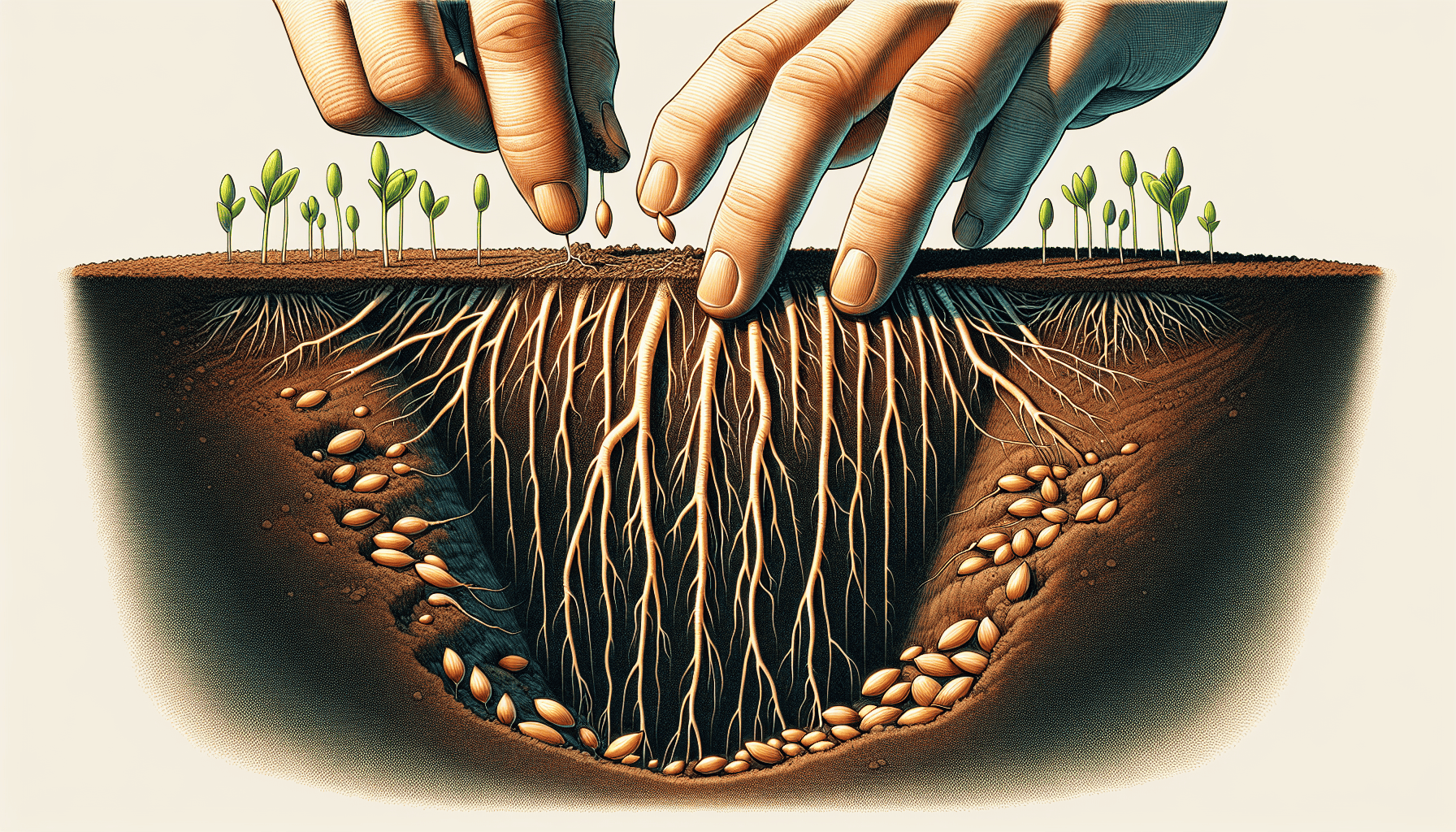
The act of sowing seeds directly into the soil outdoors is known as direct sowing. This method is especially advantageous for root vegetables, which thrive best when their roots are not disturbed. When seeds are directly sown, it’s important to water them carefully in order to maintain contact between the seed and soil, ensuring uniform moisture that supports robust root growth.
When employing the technique of direct sowing, it’s usually advised to use a greater quantity of seed than normal. This compensates for any potential loss of seeds that might occur due to elements in their natural environment. Pre-soaking seeds before direct sowing can also be beneficial. This strategy helps jumpstart gardens located in areas with shorter seasons for growing plants by expediting germination.
Why Start Seeds Indoors
Initiating the growth of seeds indoors can be especially advantageous for those that require an extended period to mature. This practice facilitates the early sowing of crops suited for warmer weather in cooler regions, while also extending the timeframe available to cultivate cool-weather varieties in hotter areas.
For gardeners aiming to nurture seedlings effectively within an indoor environment, it’s essential to equip themselves with proper facilities like a greenhouse or grow lights. Such arrangements are crucial in preventing young plants from growing weak and leggy. When handling seeds that need more time to develop or require specific temperature conditions, beginning their journey inside may prove most effective.
Navigating Common Misconceptions
The practice of soaking seeds is surrounded by a number of misconceptions that need to be clarified for successful gardening. It’s important to dispel these myths so you can approach seed soaking with assurance.
One common fallacy is the belief that seeds which float when soaked are not viable, and buoyancy should not be used as a definitive measure of a seed’s health. By discarding seeds merely because they float during the soaking process, one risks eliminating ones that could very well thrive if planted. Pre-soaking does not always enhance germination in seeds that have sufficient viability to begin with.
Summary
By now, you should have a deep understanding of the ins and outs of seed soaking. We’ve walked through the science behind how soaking helps seeds germinate, identified seeds that benefit from soaking, and discussed when soaking might be harmful. We’ve also explored how to soak seeds properly, alternative moisture methods, and the importance of heat and light considerations for germination. Lastly, we’ve navigated the decision between direct sowing and starting seeds indoors, and debunked some common misconceptions about seed soaking. Now, you’re ready to maximize your harvest, one soaked seed at a time.
Frequently Asked Questions
Are floating seeds non-viable?
During the soaking process, it is not a given that seeds which float are inviable.
Can all seeds benefit from soaking?
Indeed, soaking might not be suitable for small seeds that possess fragile thin seed coats as they are more susceptible to harm through this process.
What’s the ideal soaking duration for seeds?
Soak seeds for 8 to 12 hours is ideal for optimal germination.
Which seeds are ideal for soaking?
Soaking peas and other wrinkled or larger seeds with tough exterior shells prior to planting is beneficial. This process eases the hard seed coat, thereby enhancing germination rates.
Should I start seeds indoors or sow them directly?
Before choosing to initiate the growth of seeds indoors or planting them directly outside, it’s crucial to take into account both the maturation period of the seeds and the weather conditions prevalent in your region.

